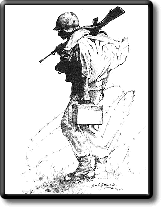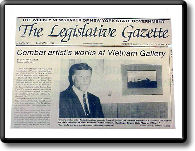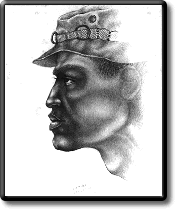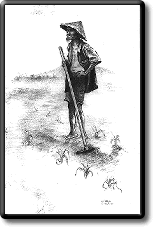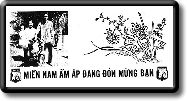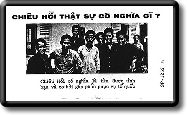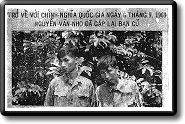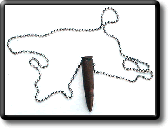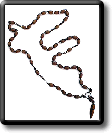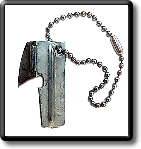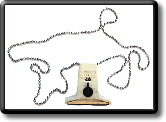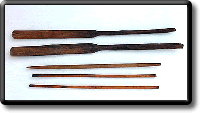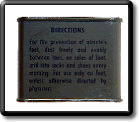
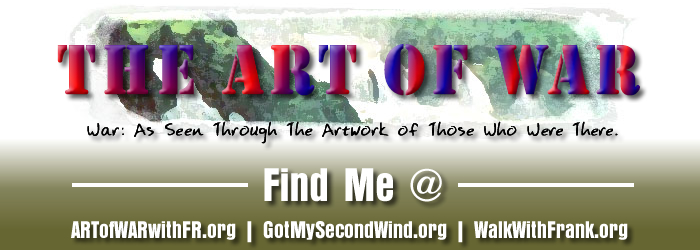
THE ART OF WAR has reached
thousands of people in a spirit of truth, understanding and factual history.
In an attempt to continually find new avenues of discovery, I have designed
"WHATS NEW" in THE ART OF WAR. Newly discover artwork, information
and artifacts are "WHATS NEW". All exhibits contained herein are
available for display, in combination with lectures, at school campuses. Your
input to this site is greatly appreciated, contact: FRomeo7964@gmail.com
THANK YOU
COMBAT ARTISTS: They were
armed for war with soft led pencils, paint and paper. Their job was not to
paint the war but to interpret an exercise as old as time itself, WAR! As
TV glamorized the physical act of war the combat artist internalized its content
and meaning. As a tribute to democracy artists were permitted to paint what
they saw. What resulted was not a horrific chronicle associated with previous
wars but a beauty and quizzical softness and respect.
An eerie absence of death and a depiction of war as being something less than dignified emanated from oil on canvass. Instead of portraying the struggle against evil, what resulted was a psychological imprint of suburbia meeting a grass hut culture without an explanation. You will witness a rare and haunting beauty come through this unique collection. THE ART OF WAR is pleased to introduce combat artist Robert Hettiger and a sample of his work.
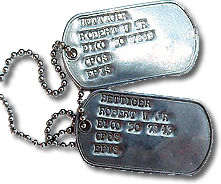
From 1969 to 1970, I was a Combat Artist for the First Infantry Division in Viet Nam. The paintings were exhibited in Saigon, the Pentagon in Washington, DC and will remain the permanent collect of the First Division Historical Museum. In January 1976, I went on a photographic safari in Kenya and Tanzania, East Africa. I was able to obtain much valuable subject matter for new series of paintings. In July 1976, I received a partial grant from the Florida Audubon Society to attend a bird-painting seminar to Trinidad. The seminar was under the instruction of Don R. Eckelberry. Paintings were done from bird skins and live birds that had bee mist-netted. After being painted, the birds were released. Around this time, the Nature Conservancy picked my work to be used on their greeting cards.
My work was also used in their calendars. In February 1977, I went to the Florida Everglades to paint and photograph. In March of 1978, my design was selected for the Long Island Wetlands and Waterfowl League Duck Stamp. It was also selected in 1980. The money raised from the stamp will be used to buy wetlands for waterfowl on Long Island. From 1980 - 1983, I worked on local paintings, and East African wildlife. In 1983,I worked on local paintings of East African wildlife. Iii 1983, 1 went to New Mexico to photograph native cliff dwellings. From the mid 1980's to present I have been working on wildlife paintings and my experiences in Viet Nam. Also at this time I am doing a series of tropical saltwater fish carvings. I am presently working on a show for the New York State Viet Nam Memorial Gallery in Albany, New York.
Simply click on the thumbnail photo below for a larger view of these powerful works of art.
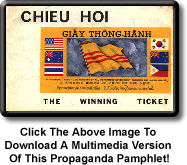
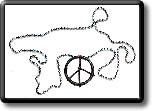
Web Design by DIGICARD™







